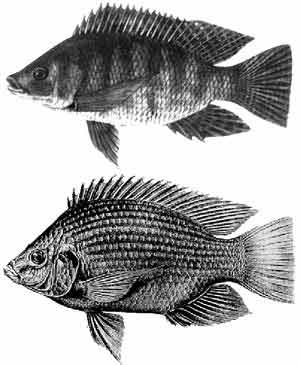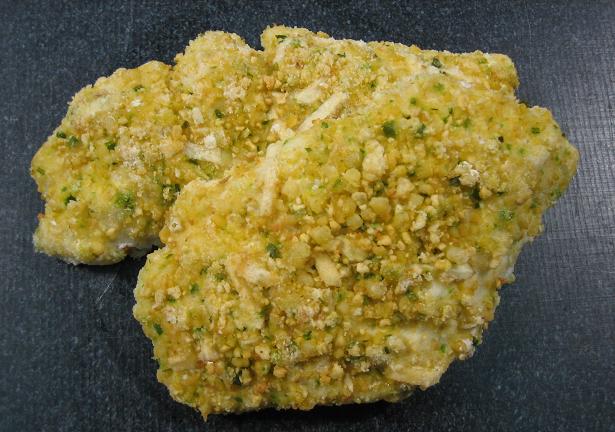

Interestingly, the tilapia’s Arabic name – “Musht” comes from the Arabic word for “comb” and refers to the tip of the tilapia’s comb-like tail. Therefore, the tilapia is literally a “mother fish”. The Hebrew name for tilapia, Am-non, hints at this protective parenting, which in some species is performed only by the mother: “Non” means “fish” in Aramaic while “Am”, or “Em”, is the Hebrew word for “mother”. Fishing one of the parents during the breeding and rearing period greatly diminishes the chances of the offspring to survive, harming their future, and the future fishing resource as a whole. At this point, the parents begin preparing for another spawning cycle. About a month after hatching, when the offspring are able to manage on their own, they leave the nest and go on to live independently. In addition, if predators approach the nest, the parents aggressively attack them to keep them away.Įven when the baby fish hatch, they use their parents’ mouths as a refuge in times of danger. In addition to protection, this provides the eggs with optimal temperatures and oxygen levels. One of the fascinating phenomena in tilapia breeding occurs when the eggs are fertilized – in order to protect them from predators and other harm, the parents keep the eggs in their mouths. The tilapia continue to live with their mates throughout the entire breeding season and early rearing of their offspring. At the end of the courting ceremony, the tilapia build burrow-like nests between the plants in which each female lays hundreds of eggs, which are then fertilized by the male. In the spring, as the waters of the Kinneret warm, the tilapia gather in shallow areas which are rich in vegetation in order to nest and breed. Why is it important to protect the fish nesting and spawning grounds? According to the Ministry of Agriculture’s Fishing Department, tilapia is Israeli’s favorite fish to eat, followed by salmon, sea bream, and carp.


Peter’s Fish, called “Amnon” in Hebrew and “Musht” in Arabic. The species most important ecologically and commercially is the St. Many species of tilapia live in the Kinneret, which experienced a significant rise in water levels last winter. These areas constitute the primary nesting and spawning grounds for various species of tilapia, most notably St.

In these areas all methods of sea or coastal fishing are prohibited, including offshore fishing, for a period of 90 days, starting with 19th of April until the 15th of July. The Northeast side of the the Kinneret, with the large estuaries of the Golan Heights and the Jordan River (the “Batiha”), and the marine area between the town of Migdal and Kibbutz Ginosar, have been declared as protected areas. The rangers of the Israel Nature and Parks Authority’s Marine Unit, who operate along the Mediterranean coast, Eilat, and the Kinneret throughout the year, will be actively present in the area during the entire fishing ban period.


 0 kommentar(er)
0 kommentar(er)
